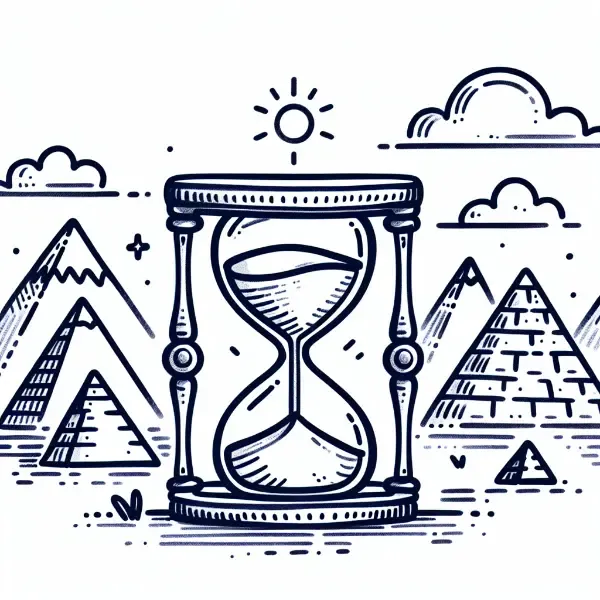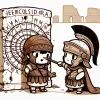Hours and Minutes

Dear Rea,
We’ve been exploring the origins of months and days of the week, and today I thought we might dive into something we use every day but rarely think about - why we have 24 hours in a day and 60 minutes in an hour.
Let’s start with the 24-hour day. We owe this to the ancient Egyptians! They used an advanced sundial that divided the day into 12 equal parts. The night was also split into 12 parts, determined by the appearance of certain stars. But why 12? One fascinating theory suggests it’s all in your hand! If you look at the four fingers of your hand (excluding the thumb), you’ll notice each has three joints. This made it easy to count to 12 using just one hand!
Now, onto the 60 minutes in an hour. For this, we need to thank the Babylonians. They were an ancient civilization that lived in Mesopotamia (modern-day Iraq) from around 1895 BC to 539 BC. The Babylonians used a sexagesimal counting system - that means they counted by 60s instead of 10s like we do in our decimal system.
You might wonder why 60 is so special. Well, it’s incredibly convenient for expressing fractions. It’s the smallest number divisible by the first six counting numbers (1, 2, 3, 4, 5, 6) as well as by 10, 12, 15, 20, and 30. This makes it easy for us to talk about a quarter of an hour, half an hour, or even a third of an hour without dealing with messy fractions.
Isn’t it amazing how these ancient systems still govern our days? The individuals who proposed these systems are lost to history, but their work continues to shape our lives. Who knows, Rea? Maybe one day you’ll discover or invent something that leaves its mark for generations to come!
What do you think about these time-keeping origins? Can you imagine using your hand to keep track of time like the ancient Egyptians?
Love, Abba

